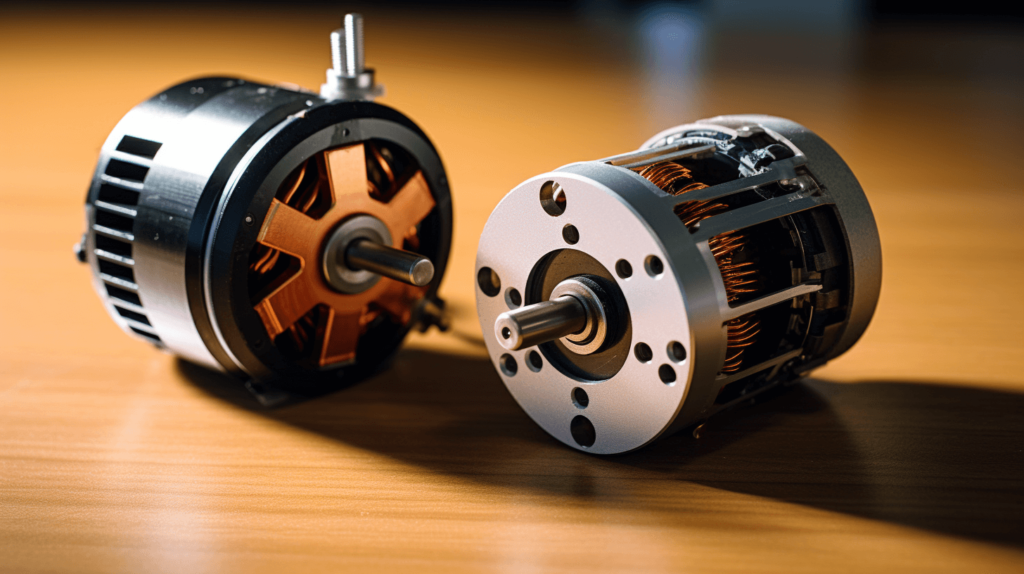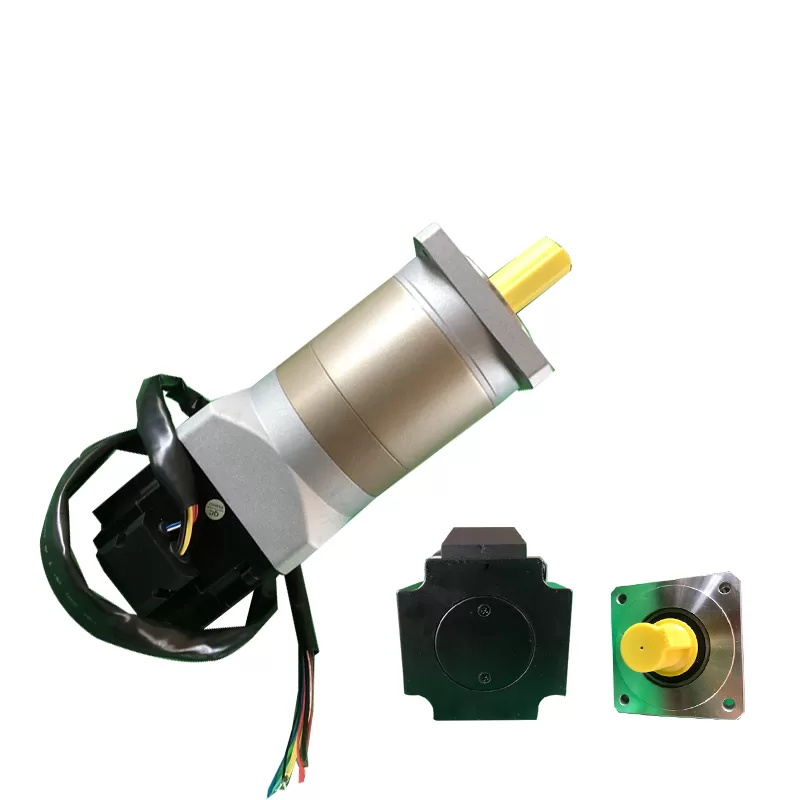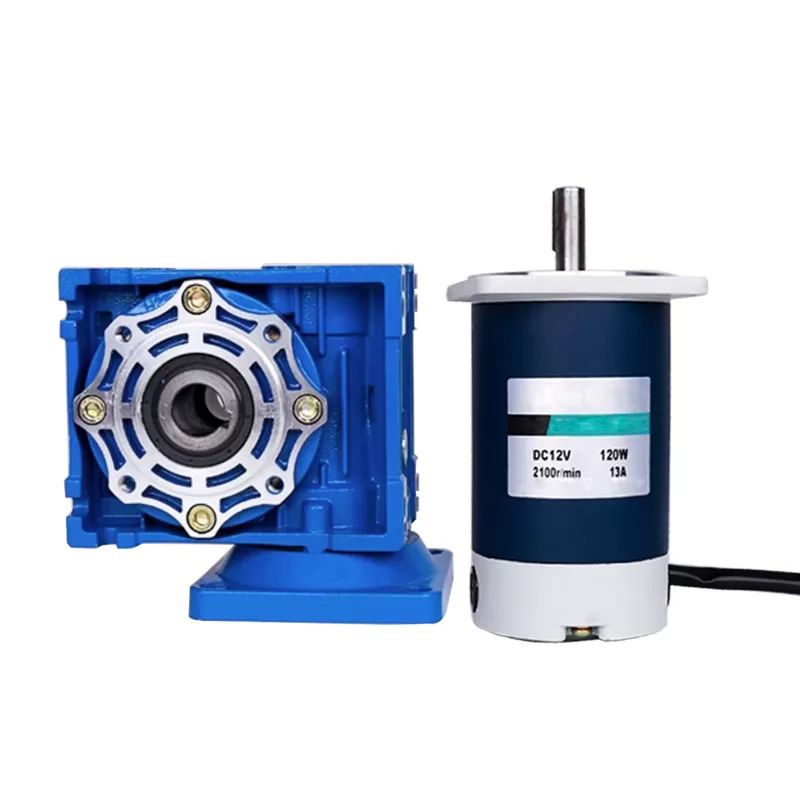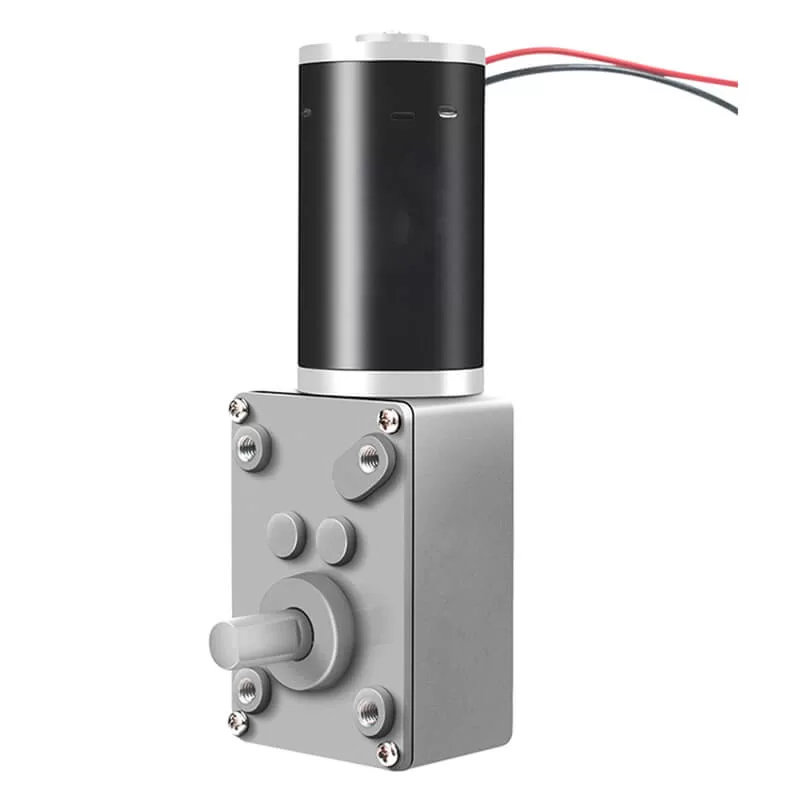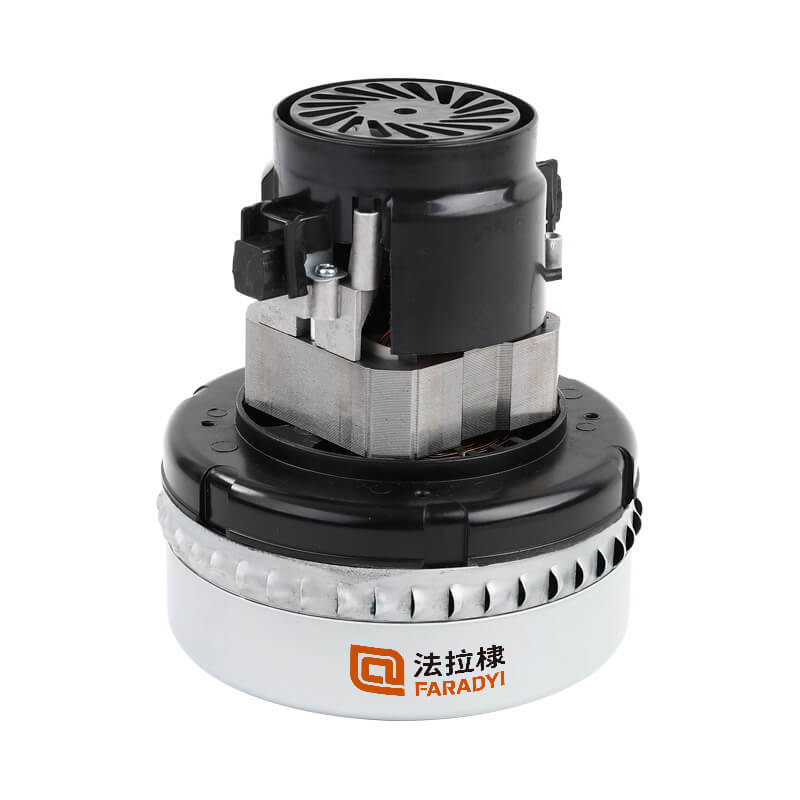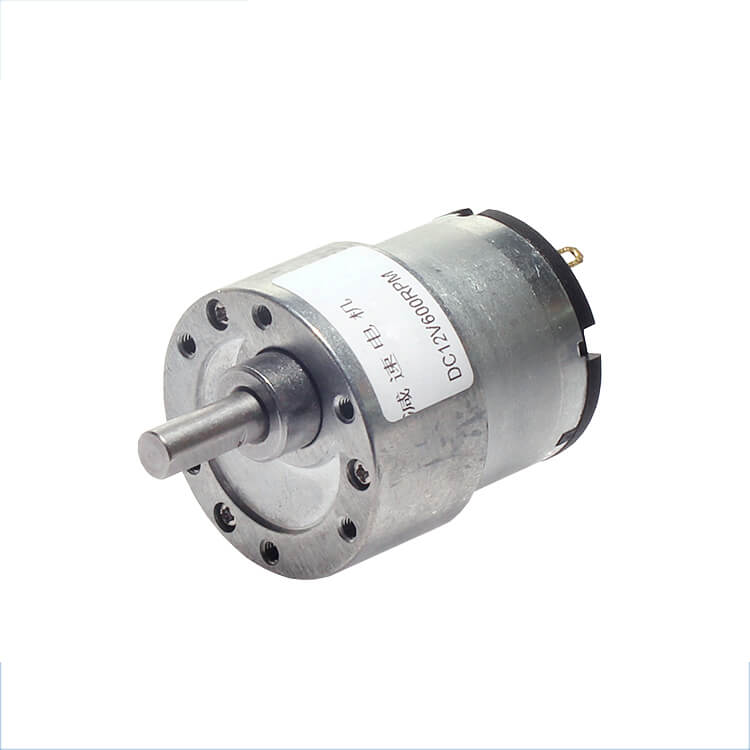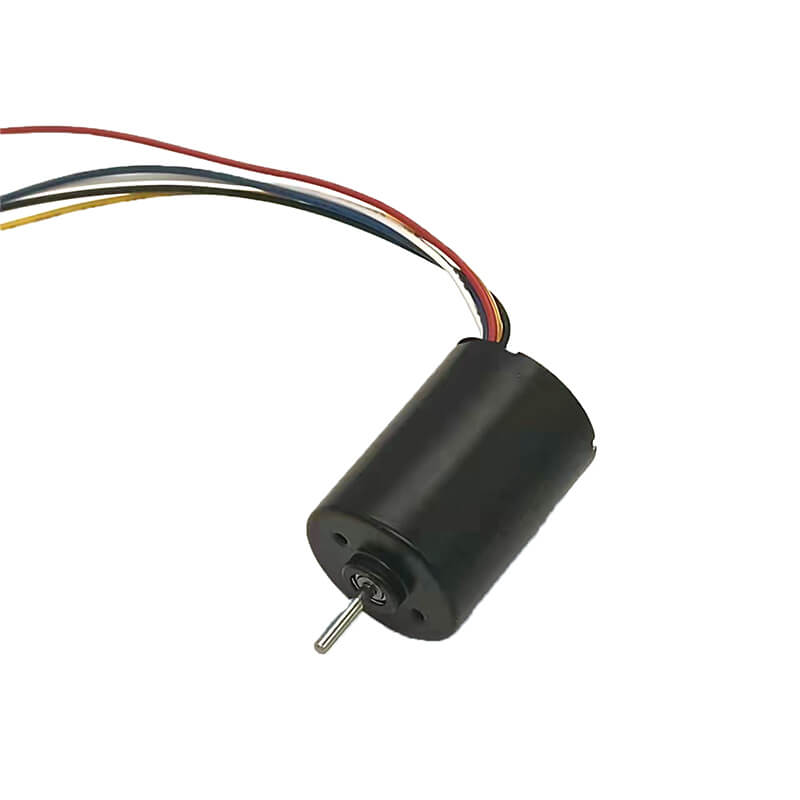Motors play a critical role in a wide range of modern applications, powering everything from home appliances to industrial machinery. Brushed and brushless motors are two common types, each with distinct characteristics. Knowing how to distinguish between them is crucial for maintenance and choosing the right motor for your needs. In this article, we will explore some simple methods to help you differentiate between brushed and brushless motors.
1. Examine the Exterior
The exterior is often the easiest visual clue to identify the motor type. Brushed motors typically have a metallic casing with visible rotating components, known as “brushes.” On the other hand, brushless motors are often more compact, and their casing might not reveal visible components.
2. Look for Brushes
As mentioned earlier, brushed motors contain brushes inside. You can open the motor casing to see if you can find brushes connected to the rotating part of the motor. These brushes are responsible for transferring current to the rotating part to generate power.
3. Check Wire Count
Examining the number of wires connected to the motor can also provide a clue. Brushed motors usually have two wires, a positive and a negative, for power supply. In contrast, brushless motors typically have three or more wires due to the more complex electronic control required for rotation.
4. Search for an Electronic Controller
Brushless motors require an electronic controller to manage current supply and phase changes for rotation. If you find a small electronic device near the motor, it’s likely the controller for a brushless motor.
5. Consider Operating Characteristics
Brushed and brushless motors also differ in their operating characteristics. Brushless motors are generally more efficient, generate less heat, and offer smoother speed control. Brushed motors may generate more friction and heat, with relatively less stable speed control.
Conclusion
By examining the exterior, looking for brushes, checking wire count, searching for an electronic controller, and considering operating characteristics, you can make a reasonably accurate determination of whether a motor is brushed or brushless. This knowledge helps you better understand how motors work and how to choose the right type for different applications.
For more information about motor types, selection, and maintenance, visit our website at Faradyi Motors Products. We provide a wealth of knowledge and solutions regarding various types of motors and their applications to assist you in making informed decisions.

